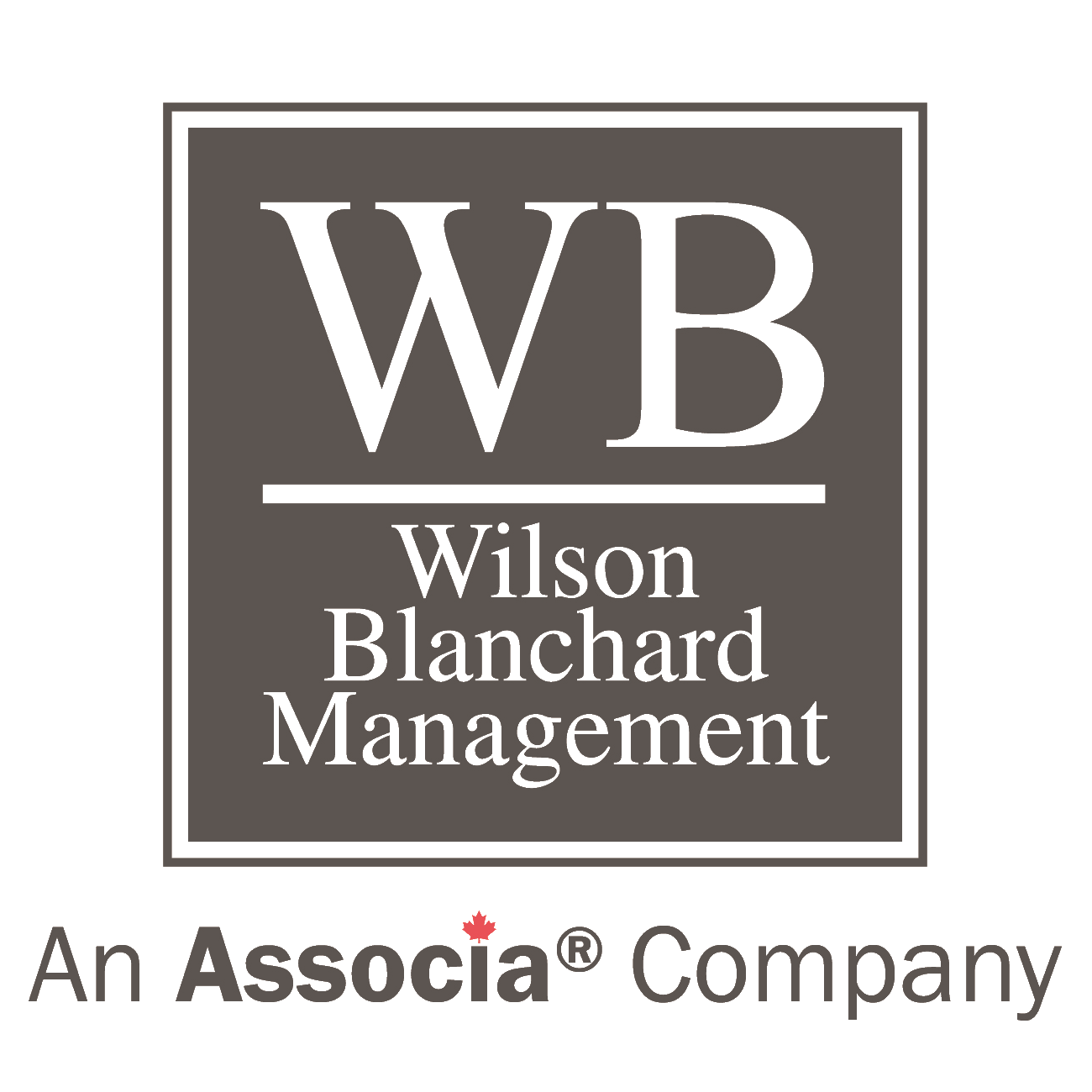Addition of Phosphate to Drinking Water Supply
By: David Blois – Property Manager, Toronto
From the WB Condo Connection, Volume 6, Issue 2
In early January of this year the City of Toronto notified property owners about plans to add phosphate to the drinking water supply starting in 2014 (spring to mid summer). The phosphate is apparently expected to “form a protective coating inside the City’s entire network of pipes, reducing the potential for lead in drinking water”, as part of “a multi-pronged approach aimed at minimizing the occurrence of lead in drinking water”, according to Larry Korson, P. Eng, Director, Water Treatment and Supply, Toronto Water. More information may be found at www.toronto.ca/leadpipes.
Another positive side effect of adding phosphate to the drinking water is apparently reduced corrosion of the copper piping used in many buildings, which corrosion has resulted in what are known as “pinhole leaks” in the copper. (One important supporting reference is from the Environmental Protection Agency in the US: www.epa.gov/sciencematters/april2011/leaks.htm (like since removed)).
These leaks in most cases, or generally, only affect the hot water system in larger buildings, as opposed to single family homes, due to the use of circulation pumps. These pumps accelerate the water (to provide hot water to all the suites/apartments more quickly) and cause increased cavitation at, or near, pipe joints and particularly at pipe joints where the direction of the water is changed dramatically – at 90° elbows for instance.
Developers of multi-residential high-rise buildings have typically used type “M” copper piping, which for many years to the present, has been in compliance with local building codes (in Toronto and many other municipalities). However, the wall thickness of type “M” copper piping (and fittings) is fairly thin and has left this piping more susceptible to pinhole leaks within predominantly the potable hot water system. Type “L” copper, a thicker-walled and more expensive piping, is often used to replace any failed type “M” copper. Entirely aside from Toronto’s efforts to mitigate the erosion of its pipes with the addition of phosphate (which can take approximately two years after the initial introduction to become effective), it would be very advantageous for future high-rise residential condominium and rental buildings if type “L” copper were to be specified and used, at least for any hot water system.
